Rare Rides: A 1987 Honda Civic Wagovan 4WD, the Everybody Wagon

This isn’t the first time we’ve presented a utility-minded multipurpose hatchback in the Rare Rides series. Rather, it’s very nearly the culmination of the major players in the segment. In addition to today’s ride, we’ve had the Colt Vista, and Nissan’s Prairie (now owned by an enthusiast collector), as well as a pristine and pricey Tercel 4WD Wagon.
After today, we’re missing just two: an Eagle Summit/Mitsubishi Expo, and the last-of-breed Nissan Axxess. Onward, to Wagovan.
The third-generation Honda Civic was wrapping up its tenure in 1987, as the Civic became larger and more American-friendly in 1988. The third generation presented Civic buyers with more body style options than in modern times. There was a three-door hatch, four-door sedan, and a five-door hatchback or “Wagovan,” in addition to the two-seat CRX “coupe.”
Though introduced for the 1984 model year, the Civic’s four-wheel drive system was modernized in 1987. Originally, the system was push-button in nature, requiring manual input from the driver to switch modes. 1987’s development made the switching automatic: power was sent to the rear wheels automatically when the front lost grip.
Proud of its achievement, Honda printed the automatic nature of the 4WD right on the steering wheel. This automatic all-wheel drive system also saw the implementation of “Realtime” terminology, which is still in use today on the CR-V (technically this model’s successor). Ground clearance of four-wheel drive models was a half inch greater than front-drive Wagovan versions.
Paired to the four-wheel drive system was a mandatory six-speed manual transmission. The box was comprised of five forward speeds, and one SL (Super-low) crawler gear. To the best of my knowledge, this Wagovan would have a 1.3-liter ZA1 series inline-four under the hood. Given the variance in Civic engines during the period, I’m prepared to be wrong here.
The Wagovan would live on through the fourth-generation Civic as well, bowing out after the 1991 model year. This later version attempted to broaden customer appeal by offering a four-speed automatic on all-wheel drive versions, in addition to the manual.
Today’s tan beauty is a high-mileage example out in Oregon, America, which is somewhat south of Vancouver, Canada. It has some excellent lace alloys and looks to be rust-free. The owner seems to know Wagovan well, and is asking $2,000.
[Images seller]

Interested in lots of cars and their various historical contexts. Started writing articles for TTAC in late 2016, when my first posts were QOTDs. From there I started a few new series like Rare Rides, Buy/Drive/Burn, Abandoned History, and most recently Rare Rides Icons. Operating from a home base in Cincinnati, Ohio, a relative auto journalist dead zone. Many of my articles are prompted by something I'll see on social media that sparks my interest and causes me to research. Finding articles and information from the early days of the internet and beyond that covers the little details lost to time: trim packages, color and wheel choices, interior fabrics. Beyond those, I'm fascinated by automotive industry experiments, both failures and successes. Lately I've taken an interest in AI, and generating "what if" type images for car models long dead. Reincarnating a modern Toyota Paseo, Lincoln Mark IX, or Isuzu Trooper through a text prompt is fun. Fun to post them on Twitter too, and watch people overreact. To that end, the social media I use most is Twitter, @CoreyLewis86. I also contribute pieces for Forbes Wheels and Forbes Home.
More by Corey Lewis
Latest Car Reviews
Read moreLatest Product Reviews
Read moreRecent Comments
- Spectator Wild to me the US sent like $100B overseas for other peoples wars while we clammer over .1% of that money being used to promote EVs in our country.
- Spectator got a pic of that 27 inch screen? That sounds massive!
- MaintenanceCosts "And with ANY car, always budget for maintenance."The question is whether you have to budget a thousand bucks (or euro) a year, or a quarter of your income.
- FreedMike The NASCAR race was a dandy. That finish…
- EBFlex It’s ironic that the typical low IQ big government simps are all over this yet we’re completely silent when oil companies took massive losses during Covid. Funny how that’s fine but profits aren’t. These people have no idea how business works.



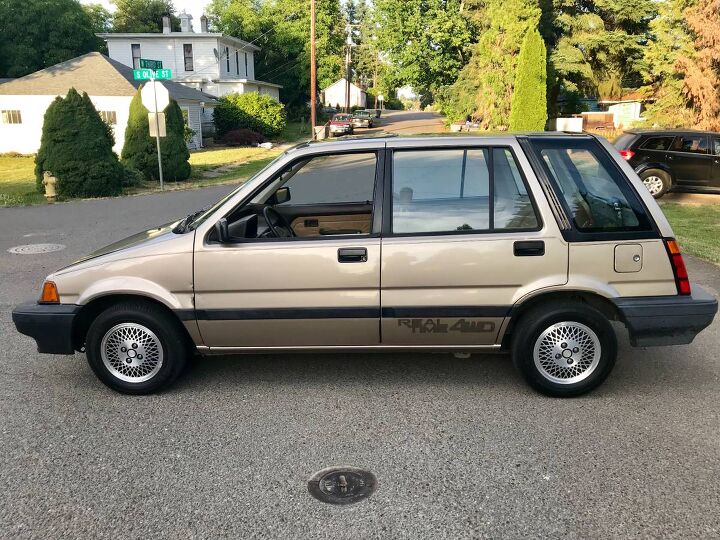





















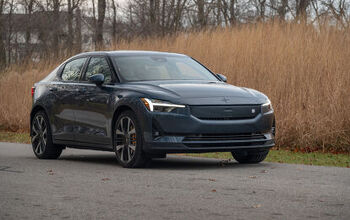

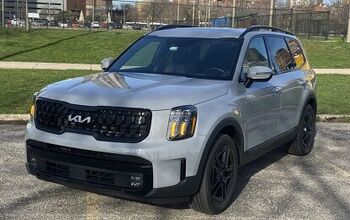
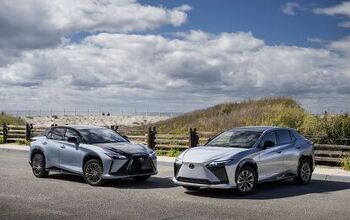
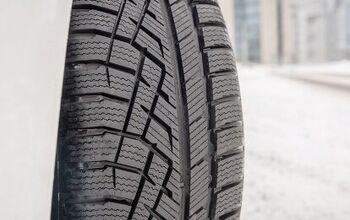

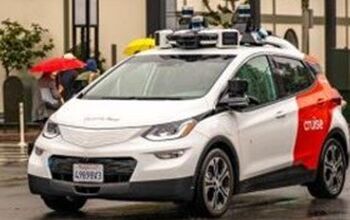
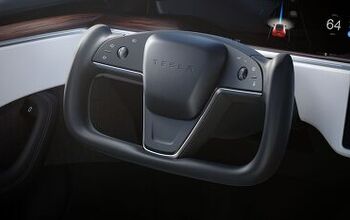
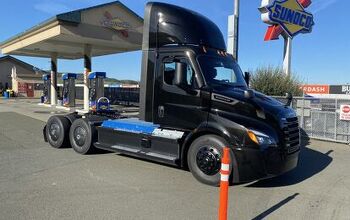
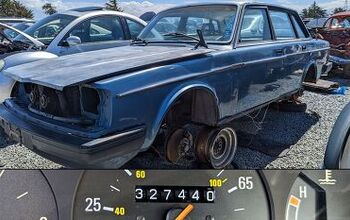
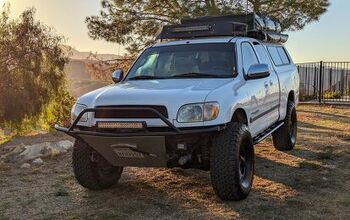


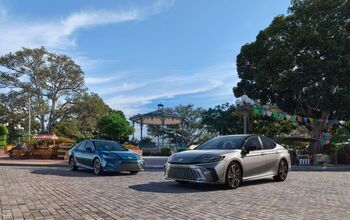

Comments
Join the conversation
Murilee found one of these about 7 years ago. Brings a tear to my eye. Seems that he also interchanged Wagon and Wagovan? https://www.thetruthaboutcars.com/2011/09/junkyard-find-1987-honda-civic-4wd-wagon/
This is when Honda was Honda and it built great products that did what they were supposed to. Now Honduh builds bloated junk owned by people who think they also own the road and have no clue as to what quality truly is about.